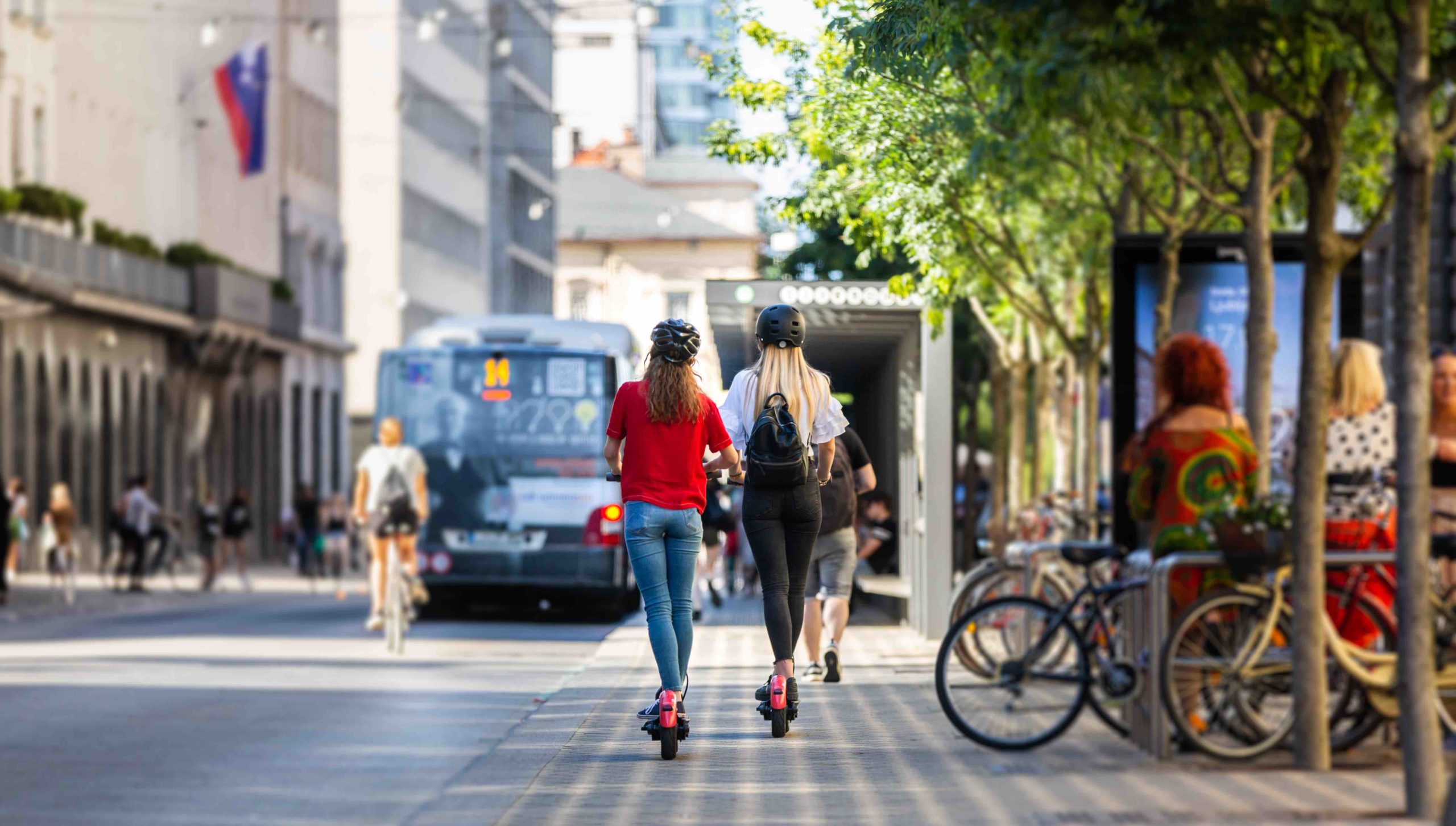December 16, 2020

The concept of “30-minute cities” was originally conceived for the city of Sydney, Australia as a way to make the city easily accessible to all. It is a concept that can be adopted in other parts of the world as a way to develop a city strategically so that people can reach important destinations around the city within a reasonable time using a variety of methods of transportation, including car, bus, train, even biking or on foot.
Access as a Driving Force in Urban Development
When planning for urban development around 30-minute cities, access is the focal point, or improving connectivity within a city. The goal is to reduce the amount of time people need to travel to get to critical points around the city such as work, school, shopping, health and recreational activities. Access also includes opportunities for all people, regardless of socioeconomic status, gender, ethnicity or physical or mental ability. One way to do this is to increase the number of available travel options close to where people live.
Ways to Create 30-Minute Cities
Creating 30-minute cities takes a number of steps. Some include giving people a variety of ways to get around the city, including public transportation, private cars, taxi, ride-shares as well as walking, bicycling, and scootering. Others include creating important destinations in close-proximity to each other and to transportation hubs. There are a few approaches that cities can take.
Urban Transportation
Cities can take both short-term and long-term steps to increase access to different types of transportation, as well as to improve the speed at which people can get from one place to another. Short-term actions can include retiming traffic signals, bike sharing programs, protected bike lanes, as well publishing public transportation timetables. Longer-term steps could include implementing rapid bus networks, and planning development around transit hubs.
Urban Density Planning
Cities can promote and prioritize redevelopment that creates well-designed urban neighborhoods or centers where people can live, work and play within a 30-minute radius by foot, bike, car or public transportation. This is commonly known as transit-oriented development. This development should also offer a variety of housing options, including affordable housing, and different employment options to include access to a range of people.
Private/Public Partnerships
To be successful, transit-oriented development needs both public and private input, support, and funding. Developing neighborhoods that include residences and businesses will need the participation and investment of private developers. Government participation is also key for infrastructure improvements to ensure a variety of transportation options and incentives to the private sector.
The concept of 30-minute cities is certainly do-able for many urban areas. Better mobility, including integrated and varied transportation options, neighborhood planning, and public and private partnerships will all help to make our cities a better place to live, work and play.




